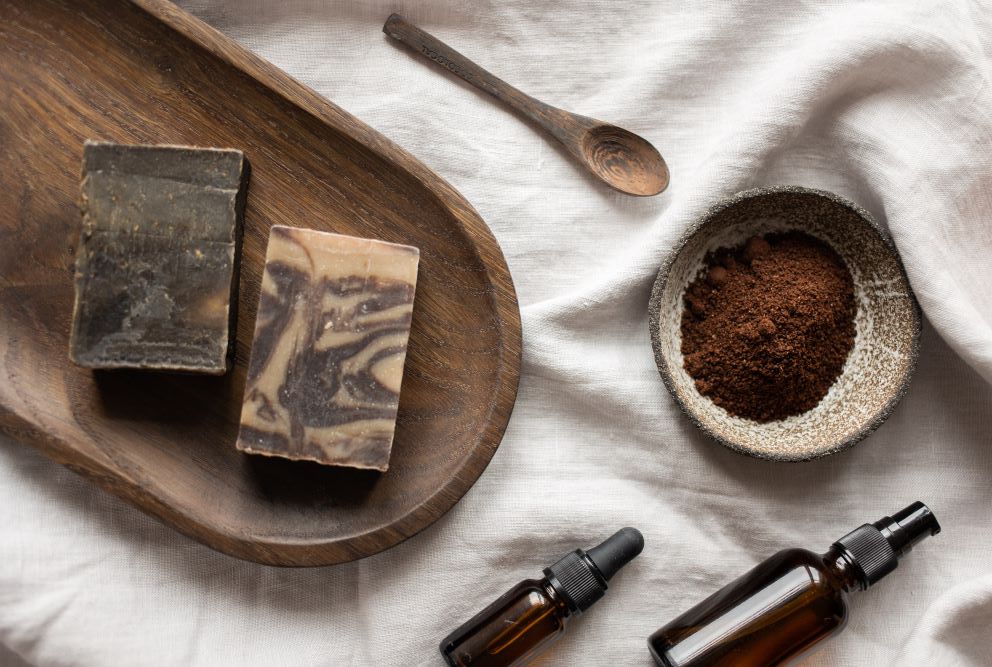Making handmade coconut oil soap can be a fun and rewarding experience. Not only do you get to create your own soap with natural ingredients, but coconut oil has a number of benefits for the skin, making it a great choice for soap making. Let’s go through the steps of how to make handmade coconut oil soap, as well as provide tips and tricks for making your soap-making experience a success.
Why use coconut oil for soap making?
Coconut oil is a popular ingredient in soap making due to its many benefits for the skin. It has natural antibacterial and antifungal properties, making it a great choice for people with acne-prone or sensitive skin. It also contains lauric acid, which has been shown to have antimicrobial properties, helping to combat bacteria and fungi that can cause skin infections.
Coconut oil is also a natural moisturizer, thanks to its high content of medium-chain fatty acids. These fatty acids are easily absorbed by the skin, providing deep hydration without leaving a greasy residue. This makes coconut oil soap a great choice for people with dry or mature skin.
How to Make Handmade Coconut Oil Soap, you’ll need the following ingredients:
- Coconut oil
- Lye (sodium hydroxide) see safety instructions on using Lye below
- Water
- Essential oils (optional)
When purchasing ingredients for your soap, be sure to choose high-quality, food-grade ingredients. This will ensure that your soap is safe and effective for use on the skin.
Step-by-step guide to making handmade coconut oil soap
Before you begin, be sure to wear protective gear, such as gloves and goggles, to avoid any contact with the lye. Lye can cause chemical burns if it comes into contact with the skin.
Step 1: Measure out your ingredients
Step 2: Mix the lye and water
Step 3: Melt the coconut oil
Step 4: Combine the lye and coconut oil
Step 5: Add essential oils (optional)
Step 6: Pour the mixture into molds
Step 7: Let the soap cure
First, measure out your coconut oil and lye using a digital scale. You’ll need to use a lye calculator to determine the correct amount of lye for the amount of coconut oil you’re using. The calculator will also provide the correct amount of water to use.
Next, carefully mix the lye and water together in a heat-resistant container. This mixture will become very hot, so be sure to use caution when handling it. Stir the mixture until the lye is completely dissolved.
While the lye and water mixture is cooling, melt the coconut oil in a separate heat-resistant container. You can do this by placing the container in a pot of boiling water and stirring the oil until it’s melted.
Once the lye and coconut oil are at a similar temperature (around 110-120°F), slowly pour the lye mixture into the melted coconut oil while stirring continuously. This will cause the mixture to thicken and turn opaque.
If you’d like to add fragrance to your soap, now is the time to add a few drops of essential oils. Be sure to choose essential oils that are safe for use on the skin and that complement the scent of coconut oil.
Pour the mixture into soap molds, tapping the molds gently to remove any air bubbles. You can use silicone molds or line a cardboard box with parchment paper and pour the mixture into the box.
Allow the soap to cure for 4-6 weeks in a cool, dry place. During this time, the soap will harden and the lye will fully react with the oils, creating a safe and effective soap for use on the skin.
Tips and tricks for making handmade coconut oil soap
- Use a digital scale to ensure accurate measurements of ingredients.
- Use a lye calculator to determine the correct amount of lye to use for the amount of coconut oil.
- Use a heat-resistant container for mixing lye and water, and for melting coconut oil.
- Wear protective gear, such as gloves and goggles, when handling lye.
- Stir the lye and water mixture until the lye is completely dissolved.
- Pour the lye mixture into the melted coconut oil slowly, while stirring continuously.
- Use essential oils that are safe for use on the skin and that complement the scent of coconut oil.
- Tap the molds gently to remove any air bubbles.
- Allow the soap to cure for 4-6 weeks in a cool, dry place.
- Label your soap with the ingredients and date of creation.
Safety
Working with lye can be dangerous, so it’s crucial to take safety precautions:
- Ventilation: Work in a well-ventilated area or use a fume hood.
- Protective Gear: Wear safety goggles and gloves to shield your eyes and skin from potential splashes.
- Keep Children and Pets Away: Ensure that your workspace is child and pet-free.
- First Aid: Have vinegar or lemon juice on hand to neutralize lye if it comes into contact with your skin.
- Emergency Numbers: Know where the nearest medical facility is, just in case of an accident.
